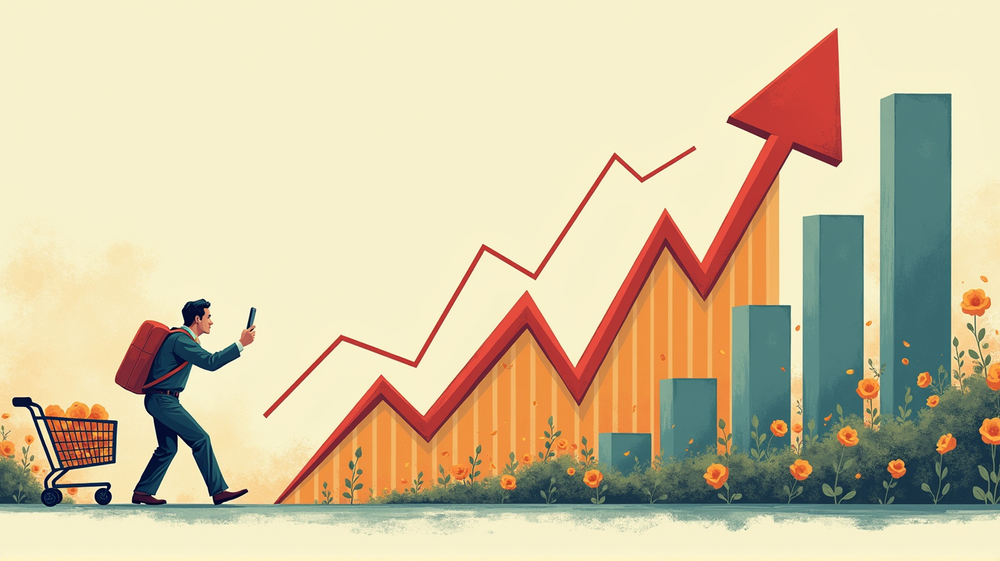The future of the US economy appears to be heading into uncertain waters as experts foresee a sluggish growth trajectory stretching through to 2026. In a recent survey conducted by Bloomberg, economists have painted a picture of steady, yet unenthusiastic growth compounded by persistent inflation—a scenario that perhaps doesn’t bode well for American consumers.
A Gradual Downshift
The statistics tell a compelling story. Gross domestic product (GDP) is set to grow at a modest 1.1% in the latter half of this year, a marked reduction from the 1.4% expansion witnessed in the preceding months. This easing pace seems to echo the sentiments that consumer spending, a pivotal pillar of economic growth, will tread at a similar pace in the concluding quarters of this year.
Tariff Pressures and Inflationary Challenges
Behind the scenes, tariff-driven pressures are at work, influencing a broad spectrum of consumer prices. Economists now speculate the core inflation rate, assessed through the personal consumption expenditures price index, will climax at around 3.2% by the fourth quarter. This rise starkly contrasts with the Federal Reserve’s aim to maintain inflation around 2%. As these tariff-induced ripples create broader impacts on consumer prices, the outlook remains dim for any immediate relief.
Adjusting to New Realities
The survey collected from August 22-27 by Bloomberg, involving 79 forecasters, underscores the ongoing adjustments within the economy concerning President Trump’s trade and investment strategies that ironically aim to galvanize growth. Moreover, this complex landscape seems to set the stage for the Federal Reserve, with Chair Jerome Powell noting the visibly escalating effects, while still leaving the door ajar for potential interest rate reductions in September.
Unemployment and Recession Views
Adding to the economic narrative is the anticipated rise in unemployment rates to 4.4% by this year’s fourth quarter, a level expected to persist through most of 2026. Nonetheless, a silver lining appears as the forecasted probability of a recession within the next year has dropped to 32%, the lowest since March. Emerging brighter on the horizon is the potential surge in business investment growth acceleration, casting a hopeful glint in an otherwise uninspiring outlook.
According to The Economic Times, these developments point to a nuanced and evolving economic tapestry, which will require close observation and responsive action from both policymakers and the business community alike as they navigate these choppy economic seas.












